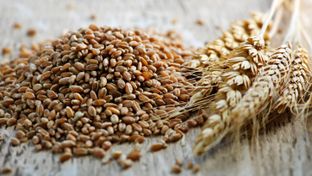Calories in Foods
Search
Popular Foods
Beyond Nutrition Labels
Nutrition facts come with every package of food or pre-made meal you buy. Yet, because there are so many numbers and hard-to-read lists of ingredients, it can feel like a chore just to flip over the box to read the label. Even if you review the nutritional information, it’s hard to figure out what makes the low-fat mac and cheese lower in fat, why sugar-free cookies are sweet, and how to tell what’s natural vs. added sugar.
YAZIO offers easy-to-read charts that show the nutritional value derived from the calories in food. Alongside the familiar label, our nutrition database displays a pie chart to visualize the breakdown of calories from fat, carbs, and protein. These nutrition charts are available for thousands of foods and products. YAZIO also connects food and fitness by displaying approximately how long it takes to walk, run, swim, or bike off the number of calories in common foods. Regular nutrition facts certainly won’t tell you that!
The Role of Nutrients
There are many different definitions of a balanced diet, and in order to understand them, you need to consider more than the recommended daily values on the nutrition label. Once you learn how many calories your body needs from day to day, it’s important to dig deeper and see if your energy sources – in other words, your food choices – are nutrient-dense and meeting your unique needs.
Each YAZIO calorie chart shows the macronutrients – fat, carbohydrates, and protein – within food. Those are the three main parts that contain energy, and your body needs all of them to function. There’s room for all of these macronutrients in your diet; just be sure that they are healthy varieties, such as fish oil instead of french fries. One aspect of what makes one type of fat better than the other is micronutrients, or the amount of vitamins and minerals that you’ll consume along with the main fuels.

























